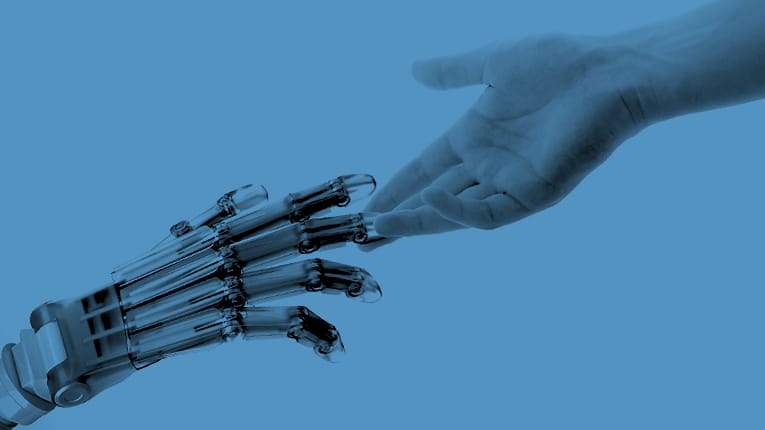The Evolution of Robotics
Construction work has begun on the first factory in China to use only robots for production. A total of 1,000 robots would be deployed initially, with the aim of reducing the current workforce of 1,800 by 90%.
Facts
- Robots have been used in manufacturing since the early 1970s.
- Until recently, industrial robots were used almost exclusively in automobile production.
- The countries with the largest auto companies, Japan, Germany and the U.S., have the highest ratio of robots per employee.
- In the U.S., there are 13 times as many robots in auto manufacturing as in all other industries combined.
- From 1980-2010, the costs of robots declined 80% while performance improved 300%.
Insights
- The demographics of aging will be a key driver. Workforces in most developed and some emerging markets (most notably China) are aging at an unprecedented rate.
- These countries need to find substitutes for human labor to keep productivity levels high enough to sustain economic growth.
- The evolution of robotics in the auto industry provides a blueprint for how they will penetrate and evolve in other sectors.
- Japan, whose working age population peaked in 1995, earlier than other economies, has been a leader in robotics adoption.
- Healthcare should be a natural market for robotics. Labor costs for nurses, nursing assistants and orderlies are rising 90% faster than the overall employment market.
Action
- After going to Augsburg, Germany, to meet with company management and talking to suppliers, customers and competitors, we invested in a relatively small German company.
- Of the four primary companies in the robotics industry, this company was the purest play and half of its sales are now in non-automotive businesses, which we expect to accelerate.
The company, initially little followed by Wall Street, is now receiving positive coverage. Our clients were invested when the company barely made page C7 of the Wall Street Journal. Now, it often receives front page attention.





